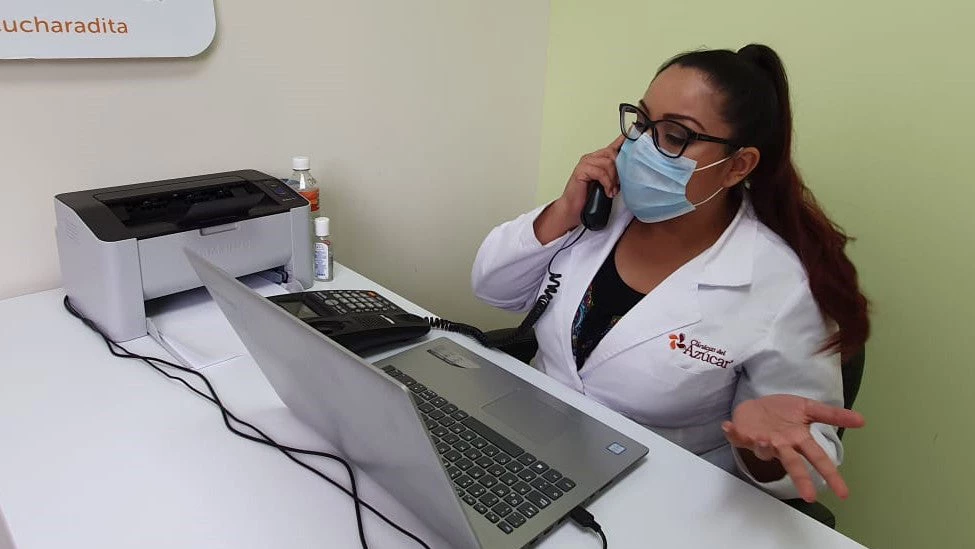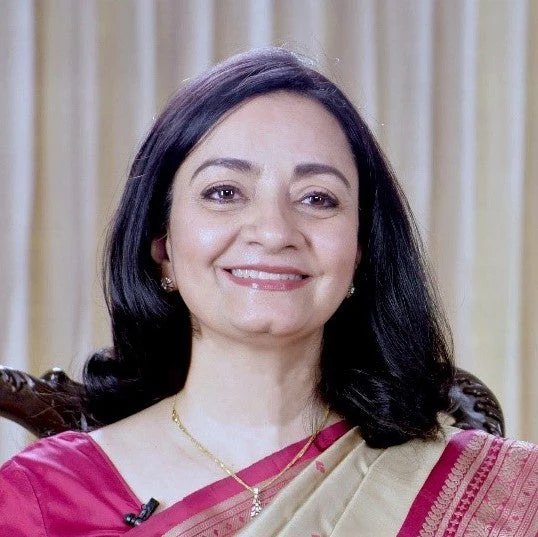
The COVID-19 pandemic is accelerating the long-anticipated surge in telemedicine services worldwide. Consulting a health care provider over phone, video or text has become the new normal for many non-urgent medical needs, while the crisis has sparked renewed interest in digital tools that can test and monitor at-risk patients safely in their homes.
Generally defined as an exchange of medical information using telecommunications, the industry has evolved to encompass technologies that link health providers with home-based tools to track patient biometrics, such as digital stethoscopes and otoscopes. Many conditions can now be monitored remotely – ranging from chronic diseases to mental health – with app-based solutions that connect patients to their providers.
Before the pandemic, the global telemedicine industry was already expected to grow at an estimated 15% a year by mid-decade, but some analysts believe it will now accelerate to 19.3% and forecast a projected value of $175.5 billion over the same period. Much of that growth is linked to emerging markets, which are quickly adopting telemedicine to provide health care to underserved populations. The private diabetes health care chain Clinicas del Azucar, for example, is expanding into remote areas of Mexico with an app that will allow patients to test their glucose levels at home and transmit the results to the clinic’s providers.
Until now, telemedicine has faced considerable barriers from policy makers, payers and professional organizations concerned about patient safety, with some policies designed to protect incumbent businesses as well. Those restrictions were easing before the COVID-19 crisis, and now they are being lifted further in many parts of the world, as the pandemic sheds light on the benefits of safe, remote testing and monitoring.
IFC’s venture capital team has invested in several health tech companies that can help answer key questions on the viability of expanding telemedicine in emerging markets.
Is telemedicine right for every health care business?
The short answer: at this point, telemedicine is not an absolute game changer for everyone. While technology is expanding virtual diagnoses and delivery, health providers still need to see many patients in person. For example, the Mexican ophthalmology chain Salauno responded to the COVID-19 quarantine by offering tele-consultations, but co-founder Carlos Orellana says while these are a great way to facilitate initial contact with patients, they cannot substitute for the chain’s core business of in-person eye examinations and surgeries. However, India’s integrated health platform 1mg has a much different business model and is experiencing a surge of business linked to the pandemic. The company provides an online pharmacy, at-home sample collection for lab tests and online doctor consultations.
What services can telemedicine provide, now and in the future?
During the pandemic, telemedicine has helped health workers triage some patients through virtual consultations, using new technologies to protect patient privacy. Screening patients before they arrive at a clinic or emergency room improves efficiency and safety, since pre-screened patients generally spend less time waiting for care and providers have a better idea of what services will be needed.
Telemedicine can also offer at-risk patients timely guidance. For example, “In Brazil, one of our portfolio companies, TNH Health, is now freely rolling out AI chatbots to facilitate COVID-19 education,” Michael Nicklas, managing partner of the country’s Valor Capitol Group, told IFC.
In the future, it’s likely that tele-screenings will continue to grow in popularity. Rajat Goel, co-founder of Eye-Q, which operates 37 private care eye clinics throughout India, says that moving forward his company wants to screen patients remotely before consultations and procedures. “It will make our hospitals more efficient,” he says.
The use of remote diagnostic tools is also expected to increase, especially in remote and underserved communities. Emerging technologies, such as portable cardiac and lung monitors, will be able to record patient data in real time, allowing physicians to assess and treat more patients across much wider areas.
How will policy shifts impact telemedicine technologies?
Before the pandemic, few insurance companies would reimburse for teleconsultations or for home-based medical tests and diagnostics. Governments also imposed regulatory restrictions, due to concerns about patient safety and privacy, as well as the potential for fraud.
Those concerns are still valid, but as restrictions temporarily ease for the pandemic – and the benefits of telemedicine are more readily apparent – there is a fresh call for collaboration and policy reform.
Valor Capital’s Nicklas is confident that a temporary easing of telemedicine regulations in Brazil will become permanent. “What’s out of the box will be hard to put back in again,” he says.
“There were a lot of skeptics around telemedicine,” says Tandon of 1mg. Now, he says, policy makers are seeing that telemedicine reduces risk while improving efficiency and that it’s perhaps the most appropriate medium to connect the underserved (typically in the countryside) with access to quality care (typically in urban centers). He believes the industry has a significant opportunity to bring about change.
Of course, there are more questions about the viability of telemedicine that still need answers. There are issues of privacy, liability and access that need to be addressed before telemedicine becomes a reliable and universal service.
But COVID-19 is challenging the industry to explore new ways of improving care and saving lives. It has thrown a spotlight on the need for disruptive technologies that take advantage of the widening access to telecommunications and internet connectivity across the globe.
The world’s emerging economies have consistently proven they are open to radical change in how they deliver products and services. The rise of telemedicine may help shape global economic recovery in a post-pandemic world, with the potential to provide safe, efficient and cost-saving health care to remote and underserved populations.



Join the Conversation